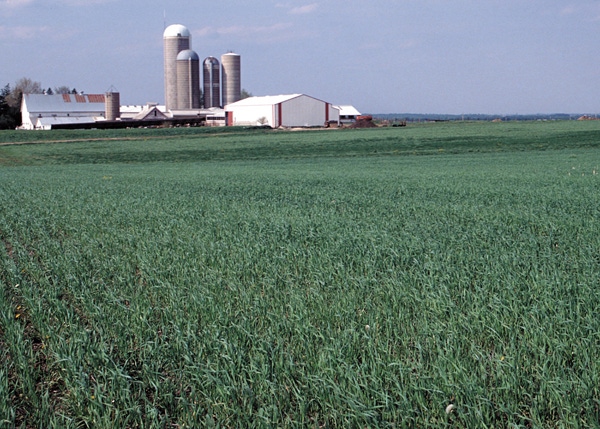December 11, 2012

Many farmers want to improve soil quality, but because they operate in a competitive, rotation-intensive environment, any soil-building practice they are likely to adopt needs to be backed by solid data.That is why Oregon State University (OSU) Extension specialists have spent six years studying the role cover crops play in fertility management, to the benefit of hundreds of farmers in the highly productive Willamette Valley. To date, the OSU researchers’ main contribution is a calculator for estimating the cost and nitrogen (N) contribution of cover crops, compost, and organic and synthetic fertilizers. The calculator has been used by more than 620 people since 2010, representing more than 52,000 acres.
The profit potential from cover crops’ role in nutrient management is immense. In one trial, the OSU researchers found a vetch cover crop could replace 110 lbs./acre of feather meal for a broccoli crop, leading to a cost saving of $500/acre.
This research was supported by two Sustainable Agriculture Research and Education (SARE) grants, and is only one example of how SARE is at the forefront of supporting the innovative producers, educators and researchers who are making cover crops one of the most indispensible cost-saving tools in the soil-health toolbox.
SARE grantees all over the country are exploring cover crops’ dynamic and vital role in soil and fertility management. For example:
A 2003 project involving University of Maryland researchers and farmers showed that forage radish can capture and hold up to 150 pounds of N per acre that remains in the soil after fall harvest. This work also helped lead to the widespread adoption of forage radish as a powerful method for alleviating soil compaction.
In 2008, an Ohio State University graduate student found compelling evidence of cover crops’ role in protecting soil from erosion, and water from nutrient leaching. During simulated rainstorms, cover crops and no-till in a corn-soybean rotation nearly eliminated runoff loss of soluble N and phosphorous.
An ongoing project at North Carolina State University is finding evidence that the termination method for leguminous cover crops affects how much N is made available to the subsequent cash crop. Roll-killed hairy vetch provided more available N six weeks after termination than other combinations of legumes and kill methods, including herbicides, flail mowing and tilling.
This only scratches the surface of the hundreds of research and on-farm demonstration projects SARE has supported on cover crops in the last 25 years. To discover more, and to find the practical tools and guides arising from such projects, visit SARE’s Cover Crops Topic Room.
You May Also Like




